The Amazon River Dolphin
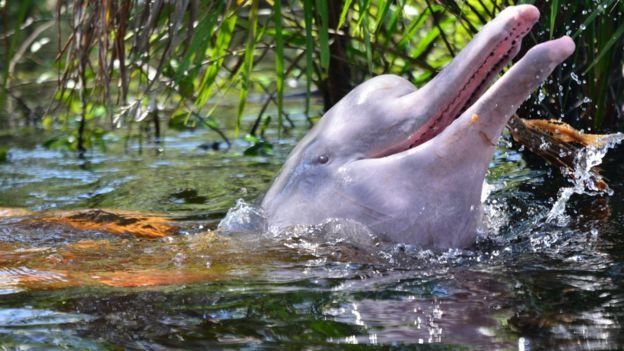
Figure 1. Amazon river dolphin. Photo: Omacha Foundation, available at: https://www.bbc.com/portuguese/brasil-42486425.
River dolphins, or porpoises, are found only in northern South America and Asia continent. Porpoises are of the order Cetacea, similar to dolphins. However, they are phylogenetically distinct from marine dolphins, that is there was a divergence in evolution to the point of separating one species into two.
This evolution has taken place over millions of years, and some dolphin species have adapted so well to freshwater habitats that they are now very different from their marine ancestors.
Amazon dolphins are endemic, that is, native to the Amazon region.
In the scientific community, there are still doubts about how many species of porpoises exist in the world. In the 1980s, they began to discuss the different species of dolphin in the Amazon. Currently, only two species are recognized, and two are proposed. The recognized species are the pink dolphin: Inia geoffrensis geoffrensis in the Amazon basin, and Inia geoffrensis humboldtiana, in the Orinoco River Basin. The proposed species are the Inia boliviensis (Bolivia dolphin) in the Madeira River Basin, and the Inia araguaiaensis (Araguaiano dolphin) in the Araguaia-Tocantins Basin.
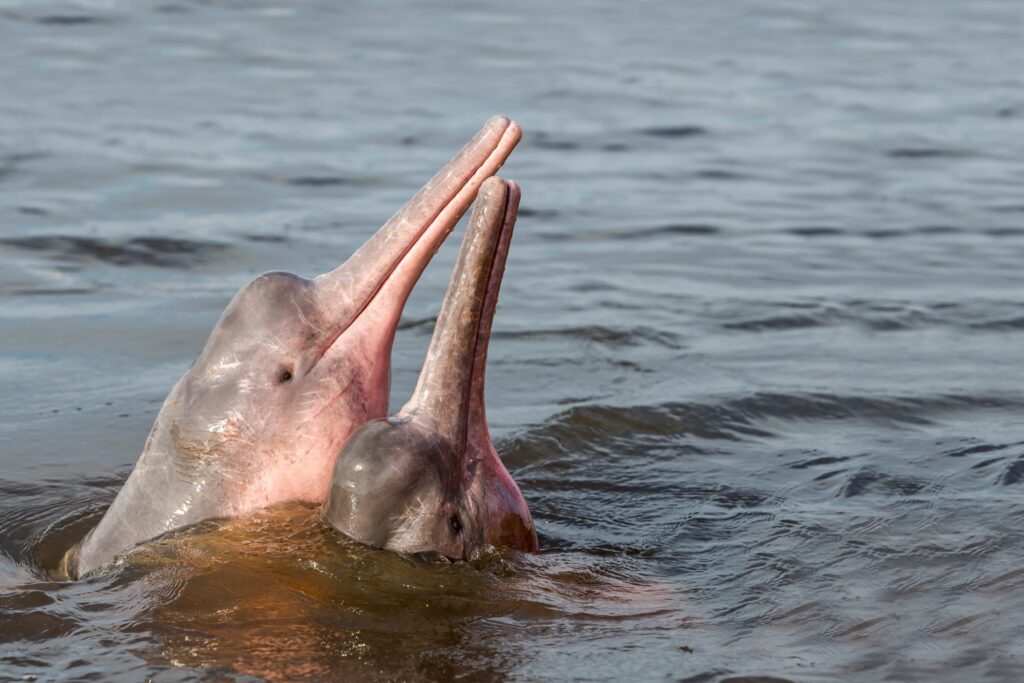
Figure 2. Pink dolphin, Inia geoffrensis species. Available in: https://forumdesustentabilidade.com.br/conservacao-de-botos-no-brasil-colombia-equador-e-peru-chega-mais-perto-de-um-plano-regional/boto-amazon-river-dolphin-inia-geoffrensis/
Researchers1,2 claim that I. boliviensis and I. geoffrensis are valid species and differ based on coloration, length-to-mass ratio, cranial features, number of teeth, brain size, head index, and sternum shape. The specie Inia araguaiaensis has deviated from Inia geoffrensis for more than two million years, and might be associated with major geological events in the Amazon basin.
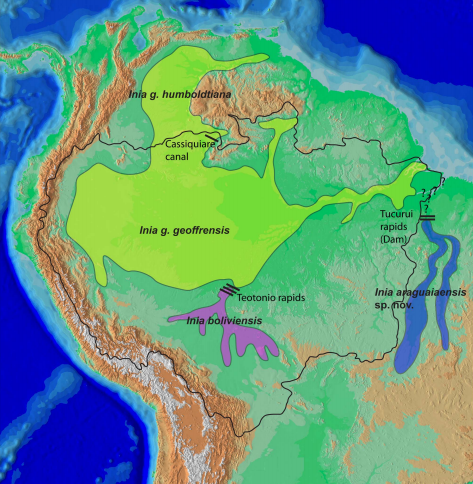
Figure 3. Representation of the distribution of Amazon river dolphins. Source: Hrbek et al., 2014.
In the Amazon basin, there is still the species Sotalia fluviatilis, called Boto Tucuxi, which lives exclusively in river environments. However, the Tucuxi is not genetically related to river porpoises, being considered a marine dolphin.
Although there are morphological differences (in the body) of the different species of porpoise, the big difference is molecular. Another way to distinguish dolphin species is through the acoustic characteristics of mammalian vocalization and the echolocation mechanisms of each species. For example, some researchers have noted that Amazon dolphins (Inia spp.) exhibit specific vocalization acoustic properties that are different from the sounds produced by the newly described species I. araguaiaensis and I. boliviensis.
Regardless of the species, the porpoises are threatened with extinction by the International Union for Conservation of Nature (IUCN). It is possible to find out about the Boto Cor de Rosa here and the Boto Tucuxi here.
Threat to porpoises
In recent years, the population of Amazon river dolphins has been threatened by fishermen, because their meat and fat are used as bait in fishing for catfish Calophysus macropteruscalled Piracatinga, which is a species commercialized mainly on the foreign market.
To minimize the threat to porpoises, in 2015 the fishing and commercialization of Piracatinga was prohibited (through the Interministerial Normative Instruction MPA/MMA No. 06/2014). In 2020, the fishing ban was renewed.
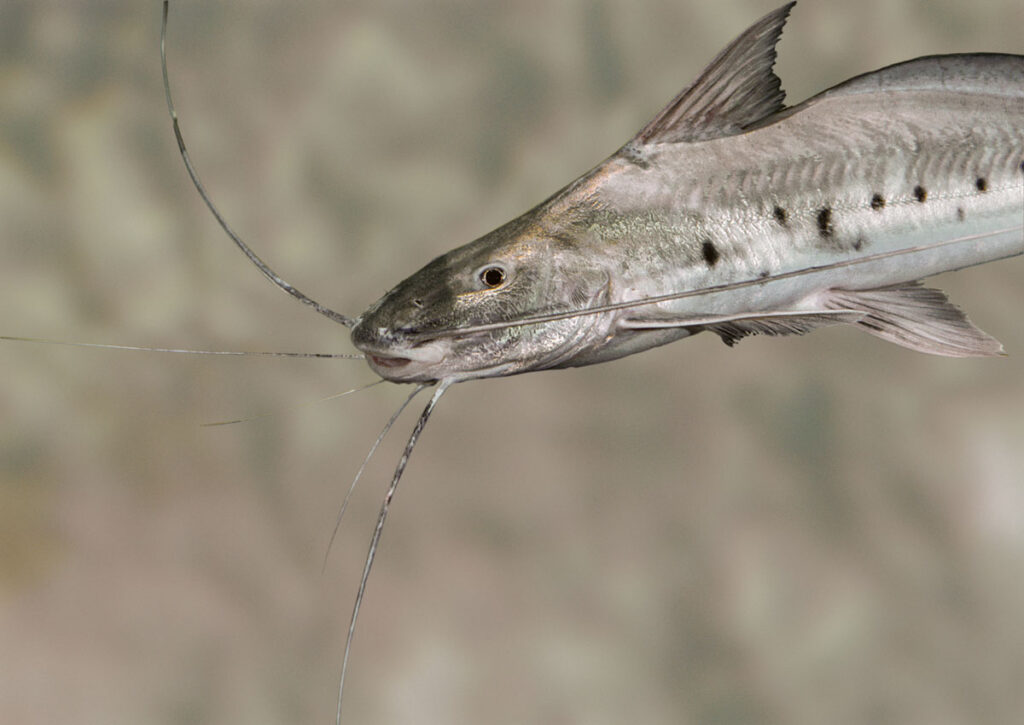
Figure 4. The catfish Calophysus macropterus, called Piracatinga. Source: https://amazonwaters.org/fish/piracatinga/
In addition to direct fishing, another threat to the Amazon porpoise population is accidental capture in fishing nets along the river. Researchers describe that this type of capture occurs in the Mamirauá channel (AM), which connects to the Mamirauá lake system. Porpoises have the habit of crossing the channel to access the lakes, however, this is usually completely closed off by gill nets at night. Gill is a passive fishing gear, where the capture occurs when the fish or organism gets caught in the net and can cause the death of the captured organisms.
Other threats to porpoises are indiscriminate killing due to conflicts with fishing activities (porpoises damage fishing apparatus and steal or damage fish caught in nets), increased vessel traffic, loss and degradation of their habitats, and construction of waterways and dams.
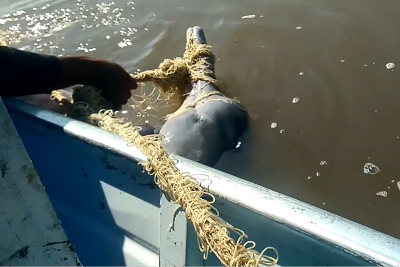
Figure 5. Female with a pink dolphin attached to a fishing tackle. Source: The ECO, https://www.oeco.org.br/salada-verde/boto-cor-de-rosa-e-salvo-apos-ficar-preso-em-rede-de-pesca-na-amazonia/. Photo: Thayara Carrasco/Instituto Mamirauá.
Porpoises Tourism
As a way of protecting porpoises, Ecotourism is an economic activity that has been growing in some municipalities and raises awareness of the importance of protecting these species. However, the activity still does not present solid regulation and is focused on the interaction and feeding of the animal (Figure 6). According to National Geographic and Animal Welfare and Conservation Organizations, activities that involve interaction with wildlife can modify the natural behavior of animals in their environment. This interaction can occur in different ways, whether to get the “best” picture or even offering foods that are different from the diet, such as biscuits and pieces of bread.
As a way to minimize these impacts on animals, the regulation and control of ecotourism activities with the boto are based on the following legislation:
“Law 9,605/1998, which establishes a prison sentence of three months to one year and a fine for those who commit acts of abuse, ill-treatment, injuring or mutilating wild, domestic or domesticated animals, native or exotic. And Article 30 of Presidential Decree 6,514, which establishes fines for those who intentionally molest any species of cetacean (whales and dolphins), pinniped (seals, sea lions, walruses) or sirenium (manatee) in Brazilian waters” (ICMBio, 2016).

Figure 6. Instituto Chico Mendes de Conservação da Biodiversidade (ICMBio). New life to pink dolphins, 2016. Available at https://www.icmbio.gov.br/portal/ultimas-noticias/20-geral/7725-vida-nova-aos-botos-vermelhos.
There is still a way to go when it comes to the protection and conservation of Amazon porpoises. In recent years, the rapid decline of this population of mammals shows that inspection actions in human and porpoise contact are necessary, as well as the recognition and estimation of the number of members of the porpoise populations, so that there is better control and protection for these species.
References
Alves, L. C. P. S., Machado, C. J. S., Vilani, R. M., Vidal, M. D., Andriolo, A., Azevedo, A. F. As atividades turísticas baseadas na alimentação artificial de botos-da-Amazônia (Inia geoffrensis) e a legislação ambiental brasileira. Desenvolvimento e Meio Ambiente, 28, 2013.
2Da Silva, V. 1994. Aspects of the biology of the Amazonian dolphin genus Inia and Sotalia fluviatilis. PhD. Dissertation. University of Cambridge. 327 pp.
3Hrbek T, Da Silva VMF, Dutra N, Gravena W, Martin AR, Farias IP. 2014. A new species of river dolphin from Brazil or: how little do we know our biodiversity. PLOS ONE 9(1):e83623. DOI 10.1371/journal.pone.0083623.
Melo, J. F., Amorim, T. O., Paschoalini, M., & Andriolo, A. The biosonar of the boto: evidence of differences among species of river dolphins (Inia spp.) from the Amazon. PeerJ, v. 9, e11105, 2021. DOI 10.7717/peerj.11105.
Ministério da Agricultura, Pecuária e Abastecimento. Pesca e comercialização da piracatinga ficam proibidas por um ano no país, 2020. Disponível em: https://www.gov.br/agricultura/pt-br/assuntos/noticias/moratoria-da-pesca-da-piracatinga
National Geographic. Reportagem especial: animais selvagens sofrem com o turismo ‘fast-food’ na Amazônia, 2017. Disponível em: https://www.nationalgeographicbrasil.com/meio-ambiente/2017/10/reportagem-especial-animais-selvagens-sofrem-com-o-turismo-fast-food-na.
1Pilleri, G. & Gihr, M., 1980. Additional considerations on the Taxonomy of the genus Inia. Investigations on Cetacea, 11: 15–27.
Política por Inteiro. GT sobre a pesca da piracatinga: quais os riscos ambientais em jogo, 2021. Disponível em: https://www.politicaporinteiro.org/2021/01/22/gt-sobre-a-pesca-da-piracatinga-quais-os-riscos-ambientais-em-jogo/.
Silva VMF; Freitas CEC; Dias RL; Martin AR. Both cetaceans in the Brazilian Amazon show sustained, profound population declines over two decades. PLoS ONE 13(5): e0191304, 2018. https://doi.org/10.1371/journal.pone.0191304.
Reeves, R. R., & Martin, A. R. (2009). River Dolphins. Encyclopedia of Marine Mammals, 976–979. doi:10.1016/b978-0-12-373553-9.00223-6
Rodrigues, G. A., Fontes, D. F., & Santiago, D. A. M. A MATANÇA DE BOTO NA REGIÃO AMAZÔNICA POR PESCADORES. Revista de Estudos Interdisciplinares do Vale do Araguaia-REIVA, 1(01), 2018.
The Society of Marine Mammals. Sotalia fluviatilis (Tucuxi), 2021. Disponível em: https://marinemammalscience.org/facts/sotalia-fluviatilis/.
VIDAL, M. D. (2011). Botos e turistas em risco.Ciência Hoje, 47(281), 73-75.
